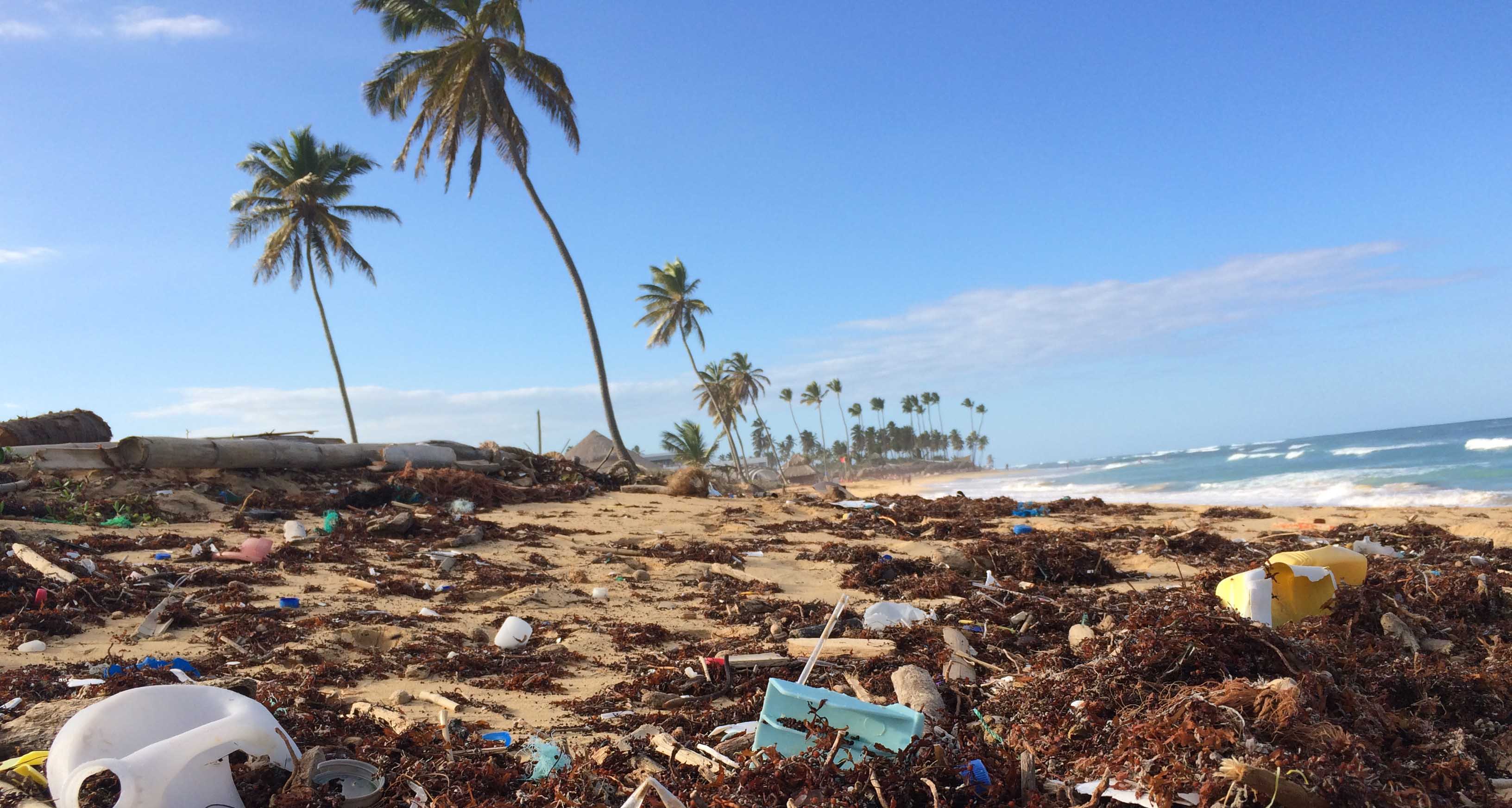
Our oceans are filling up with plastic. In fact, we are all responsible for over 8 million tonnes of it finding its way into the ocean. Plastics longevity started off as major plus point, but over time, it has become a huge problem. Plastic doesn’t actually break down, it only breaks up, and because it’s so useful, it’s been used to make so many products. However, Plastic NEVER goes away; affecting our turtles, seabirds and other marine life. In short, plastic is a substance the earth cannot digest and our reliance on it is overwhelming our planet. So lets get busy changing old habits around single use items; and making the world cleaner and greener for everyone. More than 30 countries have introduced some form of voluntary or regulatory approach to restricting the use of single-use plastic bags. Governments in Australia and around the world have taken action to reduce plastic bag pollution. International and national policy measures to date have tended to focus on lightweight ‘supermarket’ shopping bags as these account for the bulk of bag usage and littering.
So how can you help?
Reduce Your Use of Single-Use Plastics
Wherever you live, the easiest and most direct way that you can get started is by reducing your own use of single-use plastics. Single-use plastics include plastic bags, water bottles, straws, cups, utensils, dry cleaning bags, take-out containers, and any other plastic items that are used once and then discarded.
Participate in a Beach Cleanup
Help remove plastics from the ocean and prevent them from getting there in the first place by participating in, or organising a cleanup of your local beach or waterway. This is one of the most direct and rewarding ways to fight ocean plastic pollution.
Recycle
This should go without saying, but when you use single-use (and other) plastics that can be recycled, always be sure to recycle them. This helps keep them out of the ocean and reduces the amount of “new” plastic in circulation.
Spread the Word
Stay informed on issues related to plastic pollution and help make others aware of the problem. Tell your friends and family about how they can be part of the solution, or host a viewing party for one of the many plastic pollution focused documentaries.

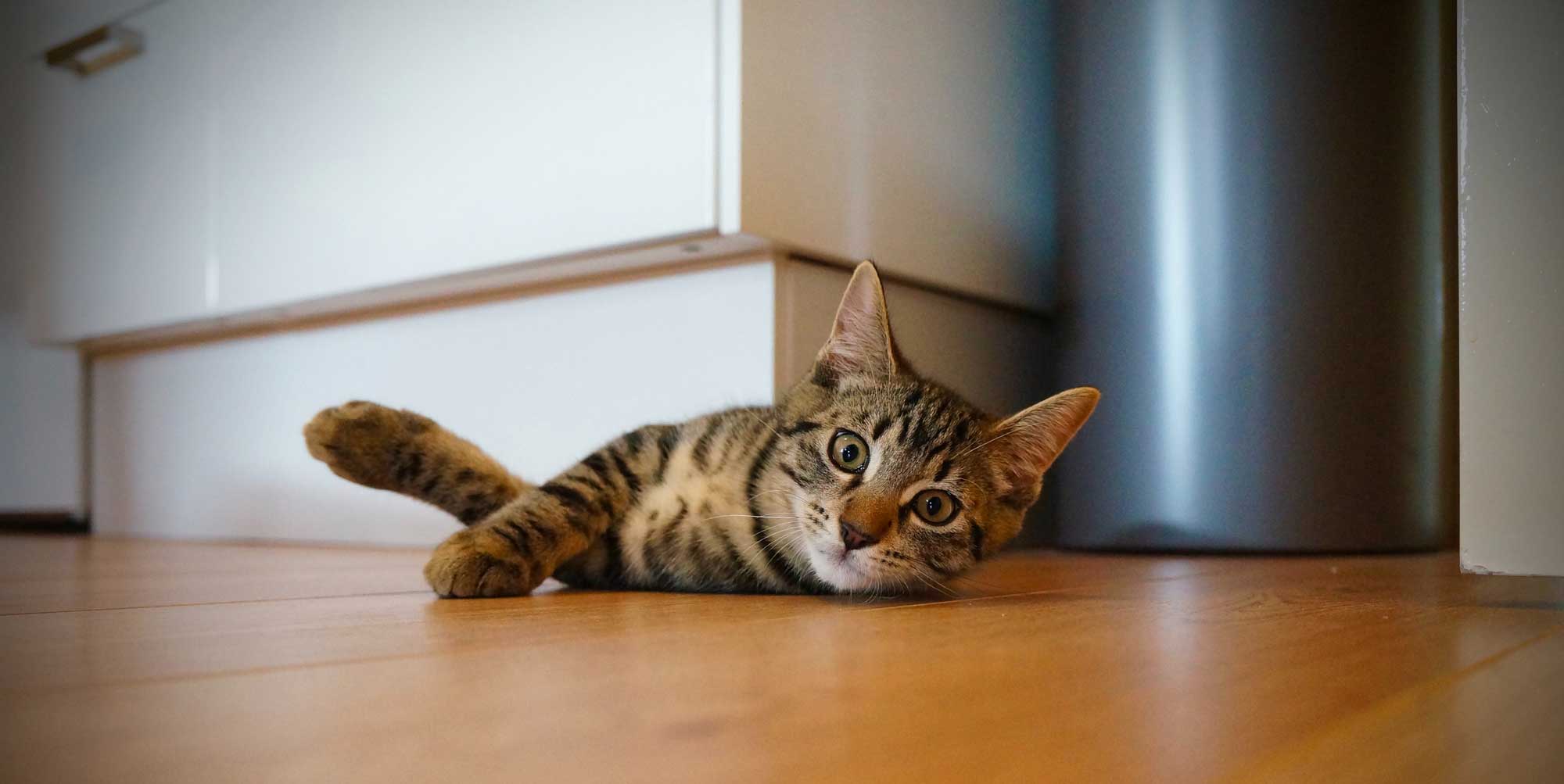

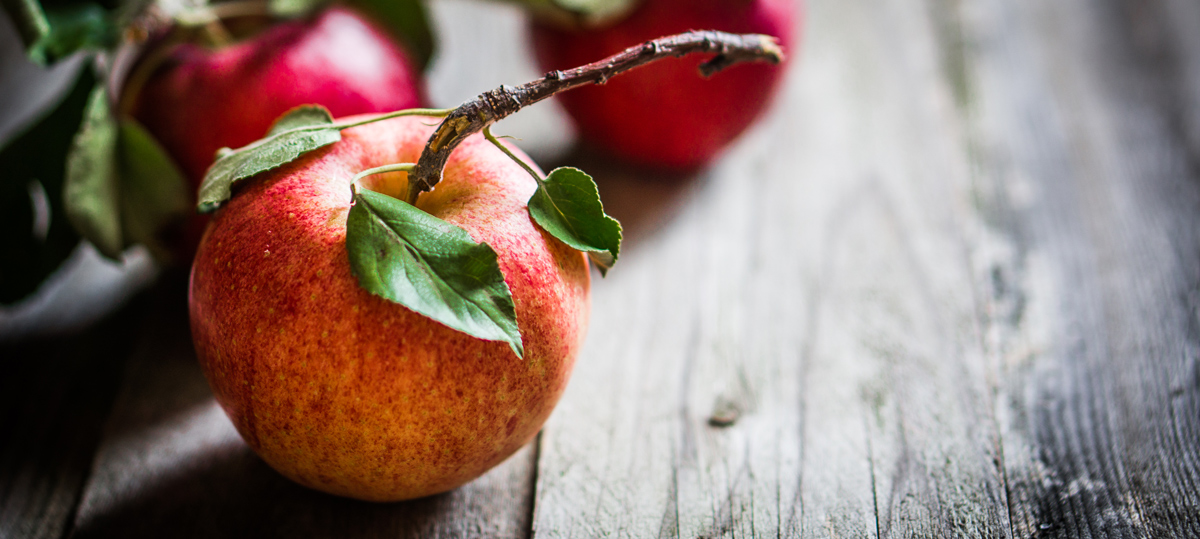
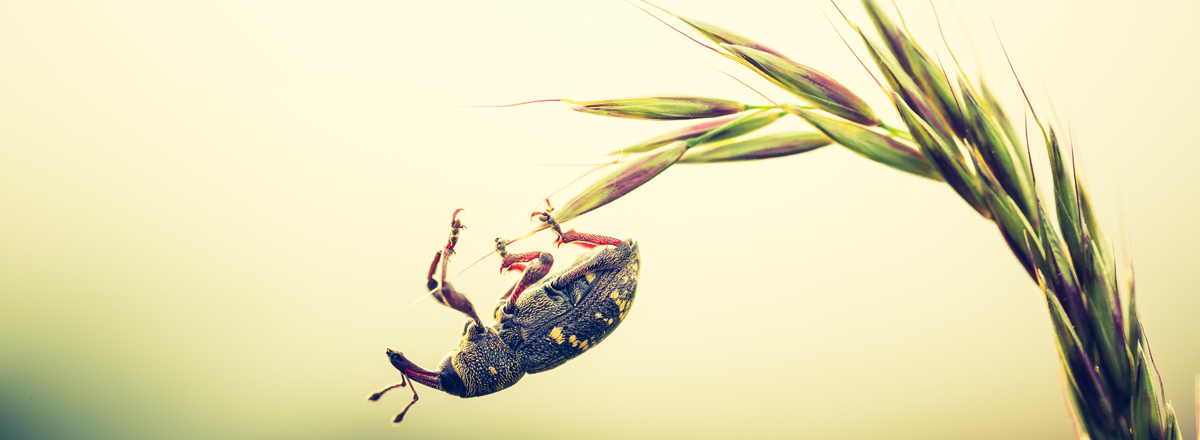

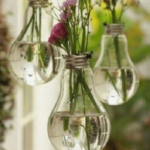 Save Energy & reuse old light bulbs:
Save Energy & reuse old light bulbs: Recycle your clothes:
Recycle your clothes: Re-use coffee grounds in the garden:
Re-use coffee grounds in the garden: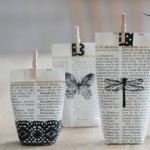 Re-use Old Newspapers:
Re-use Old Newspapers:



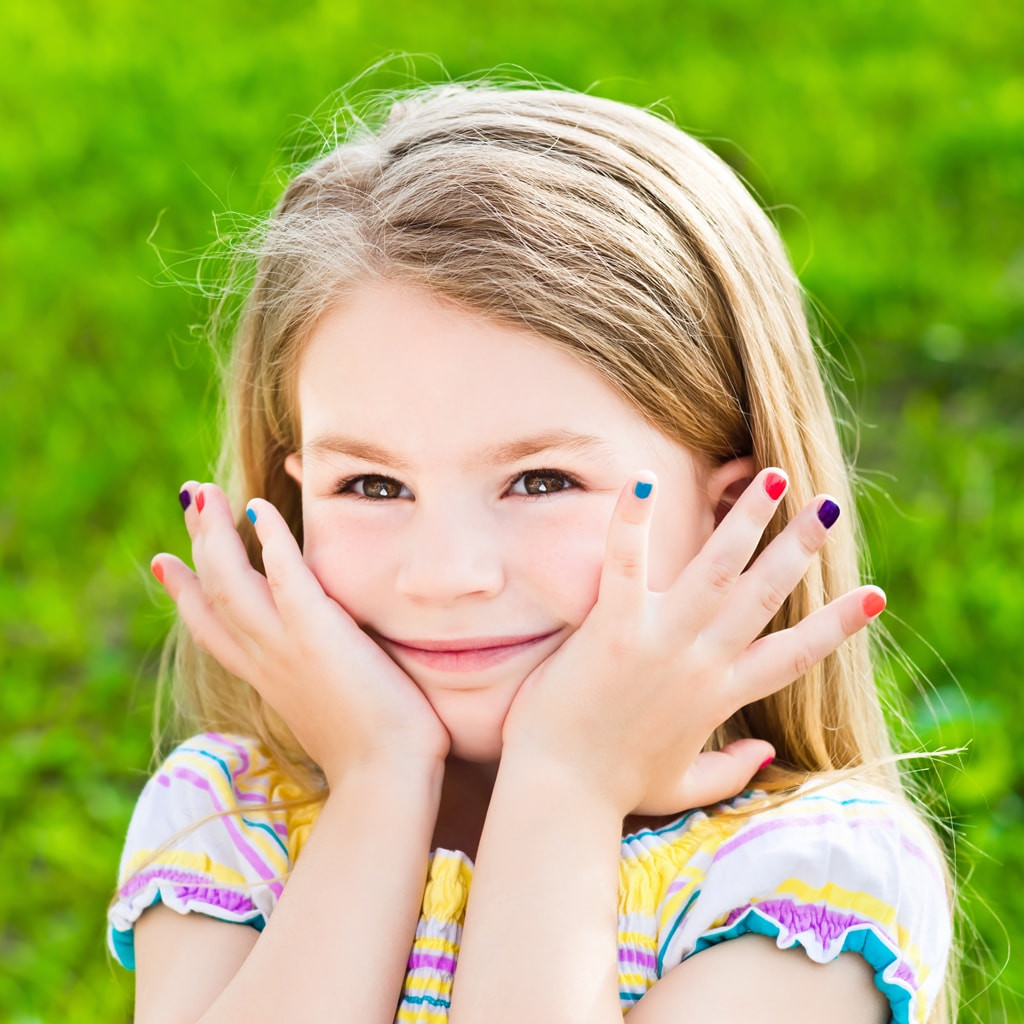 We girls love a pamper, especially our manicures and pedicures. Even from an early age there is something wonderful about pristine, brightly coloured pinkies and tootsies. However damning evidence about our beloved nail varnish brands has been revealed, so if you and your children are thinking of heading off to the nail bar for a weekly treat, please read the article below by the Environmental Working Group and make sure you know exactly what you are putting on your precious bodies!
We girls love a pamper, especially our manicures and pedicures. Even from an early age there is something wonderful about pristine, brightly coloured pinkies and tootsies. However damning evidence about our beloved nail varnish brands has been revealed, so if you and your children are thinking of heading off to the nail bar for a weekly treat, please read the article below by the Environmental Working Group and make sure you know exactly what you are putting on your precious bodies!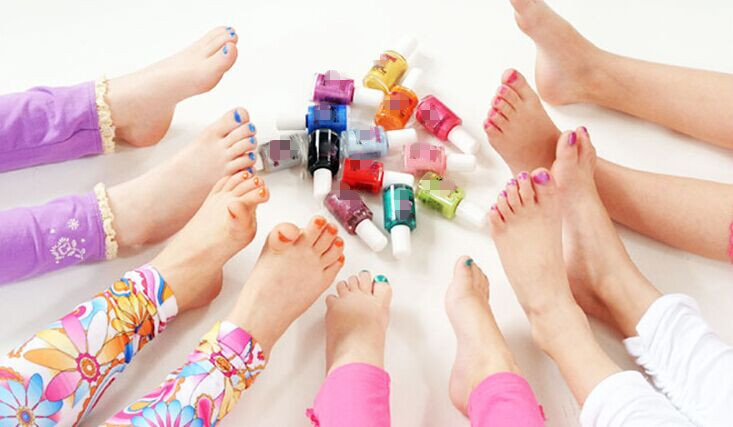
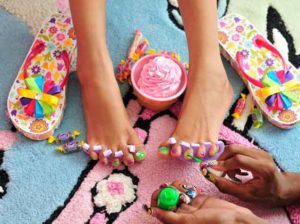


 Parents, communities and organisations are now striking out and finding ways to make schools safer for growing children. Progress includes pesticide use reduction in school buildings, buffer zones to protect children from spraying in nearby fields, and support for safer pest control methods in and near schools and playgrounds. So be aware of the dangers and don’t be afraid to ask your local council, schools and daycare centres exactly what there policies are on weed control, what they use and when they are due to spray!
Parents, communities and organisations are now striking out and finding ways to make schools safer for growing children. Progress includes pesticide use reduction in school buildings, buffer zones to protect children from spraying in nearby fields, and support for safer pest control methods in and near schools and playgrounds. So be aware of the dangers and don’t be afraid to ask your local council, schools and daycare centres exactly what there policies are on weed control, what they use and when they are due to spray! The success to any change is to firstly acknowledge that there is an actual need for change.We all strive to be the best versions of ourselves, therefore numerous resolutions are focused around health and fitness, new diets and new exercise regimes etc. as we become more aware of the importance of healthy eating and regular exercise. Yet the true path to overall health and wellbeing is not through food and exercise alone.There is an extremely important factor that many people are missing out on, and that it is the vast array of noxious concoctions we unwittingly spray on our bodies and around our homes.
The success to any change is to firstly acknowledge that there is an actual need for change.We all strive to be the best versions of ourselves, therefore numerous resolutions are focused around health and fitness, new diets and new exercise regimes etc. as we become more aware of the importance of healthy eating and regular exercise. Yet the true path to overall health and wellbeing is not through food and exercise alone.There is an extremely important factor that many people are missing out on, and that it is the vast array of noxious concoctions we unwittingly spray on our bodies and around our homes. Simply move ahead slowlyl when making these lifestyle adjustments, keeping in mind, which changes are the most important to you, and which items you are using the most. Continue to add and replace your conventional commodities with safer alternatives, as and when you can, being sure to dispose of chemicals responsibly.
Simply move ahead slowlyl when making these lifestyle adjustments, keeping in mind, which changes are the most important to you, and which items you are using the most. Continue to add and replace your conventional commodities with safer alternatives, as and when you can, being sure to dispose of chemicals responsibly. ls..Or even better try these adorable little waxless citrus candles for change.Yes, you really can craft a beautifuly fragrant candle out of the shell of a fresh piece of fruit and a little olive oil.They are super easy to make, cost pennies, only use natural organic ingredients found in your kitchen and are much healthier and environmentally friendly than most shop bought candles.
ls..Or even better try these adorable little waxless citrus candles for change.Yes, you really can craft a beautifuly fragrant candle out of the shell of a fresh piece of fruit and a little olive oil.They are super easy to make, cost pennies, only use natural organic ingredients found in your kitchen and are much healthier and environmentally friendly than most shop bought candles.
 m of the hollowed out cup with a knife. You can get as creative as you like with the lids and even use mini cookie cutters to produce stars and hearts etc.If your candle does not sit level, use a small piece of blue tac or modelling clay hidden underneath the bowl to prop it up. Balance bumpy and uneven lemons and limes on the rims of small glasses or jars.
m of the hollowed out cup with a knife. You can get as creative as you like with the lids and even use mini cookie cutters to produce stars and hearts etc.If your candle does not sit level, use a small piece of blue tac or modelling clay hidden underneath the bowl to prop it up. Balance bumpy and uneven lemons and limes on the rims of small glasses or jars.